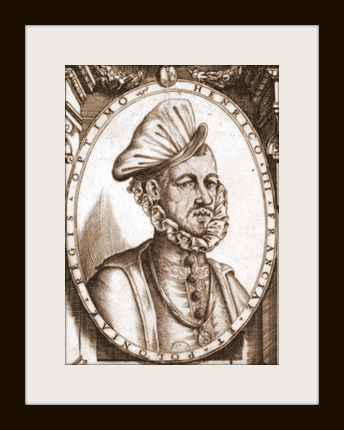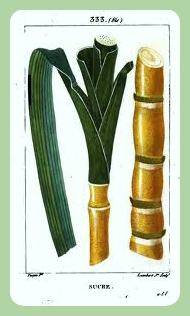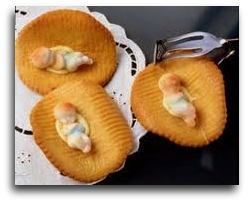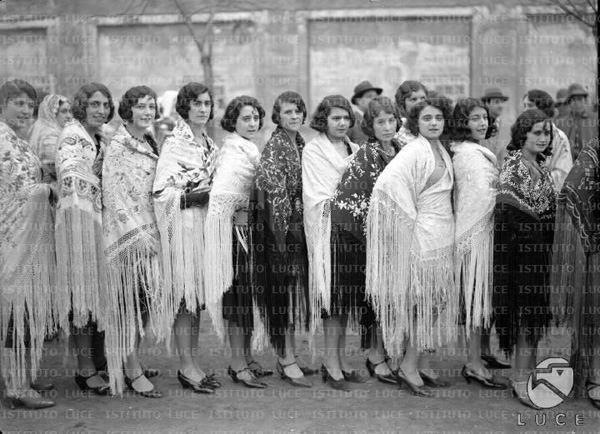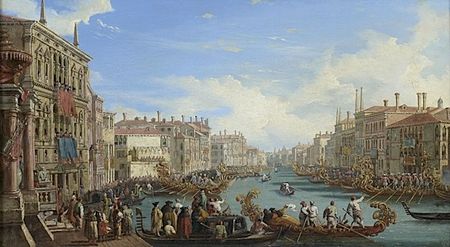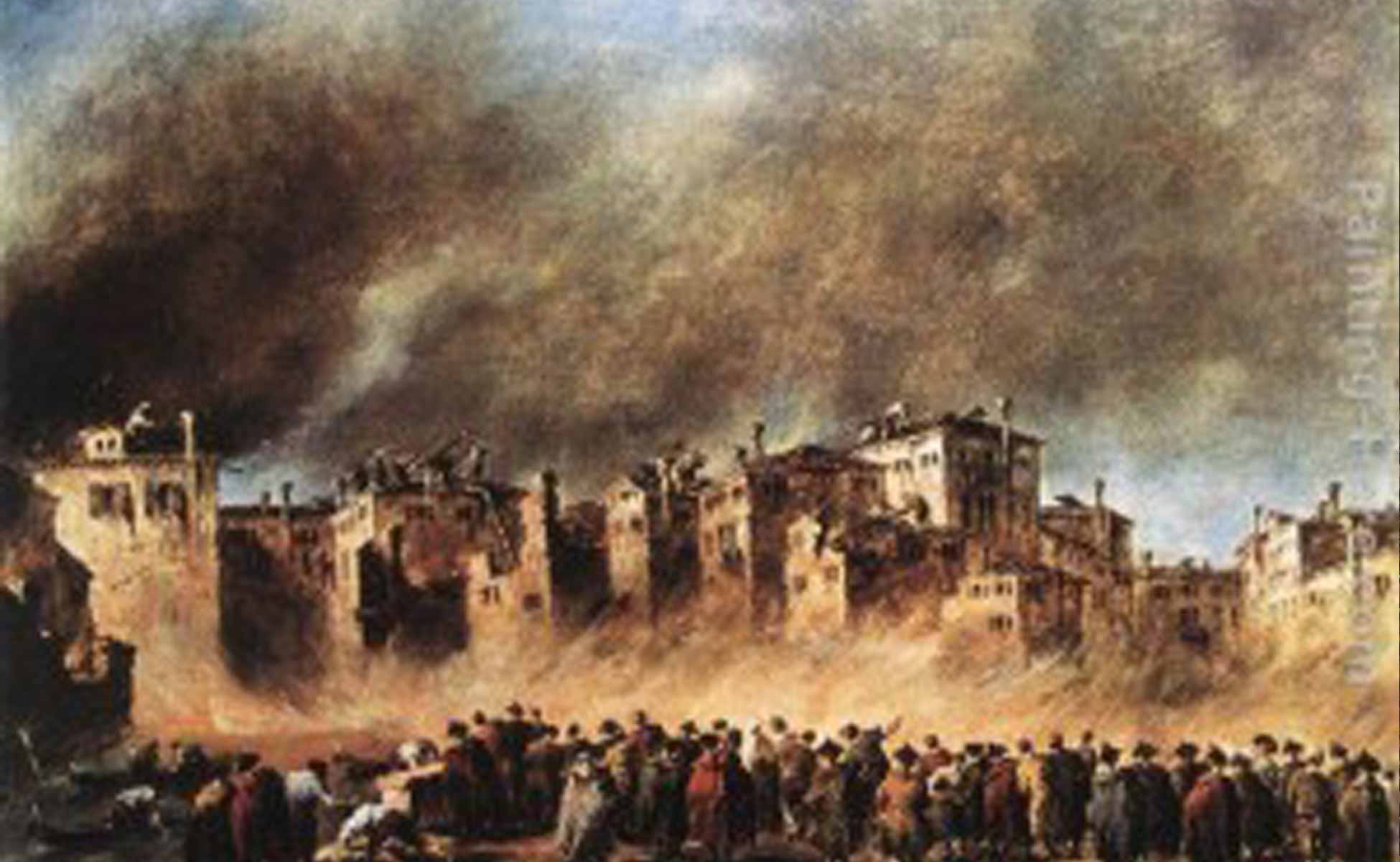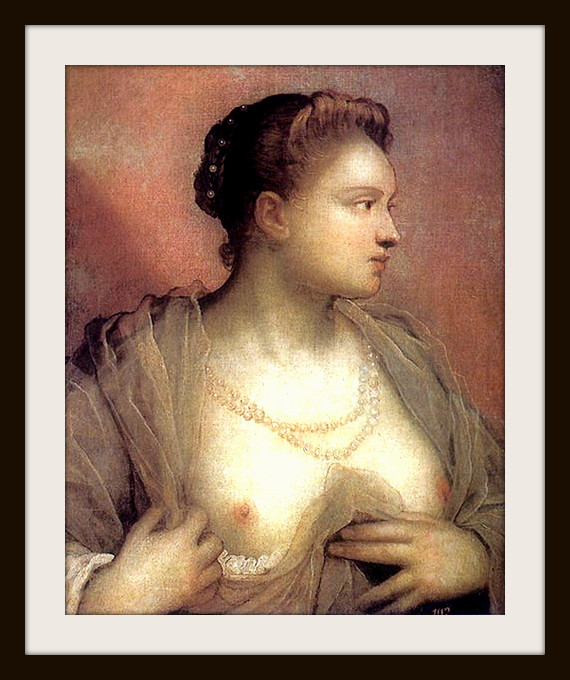[:Fr]
Nothing is left to chance at Arsenal Venice for the visit of Henri III King of France, in 1574. From his triumphal entry through the main gate, until his inspection of the technical services. Enormous organizational efforts are deployed to achieve the feat of building a ship in a single day – under the subjugated gaze of the king –
There followed the breaks in each of the three weapon chambers to enjoy the view of the new basin. In a rustic setting of wood and hardware, the surprises have only just begun, in a room set up for the banquet in honor of the King of France, a small party arranged with his suite, a lunch without manners it seemed, "Henry was surprised when taking her napkin in hand, she broke in two, a piece fell on the ground: indeed the tablecloths, the plates, the cutlery, everything on the tables was made of sugar! such plausible elements on the tables that anyone could have been fooled ”, as P.de Nolhac and A.Solerti have said (viaggio in Italia di Enrico III, re di Francia)
To impress this sophisticated king, the Serenissima uses a deadly weapon, the protagonist of a particular story in which Venice plays a large part: sugar. This very soft powder is a rarity at this time. It is sold in pharmacies as a remedy for scurvy and eye diseases. Sugar will only enter the kitchen when mixed with spices, mainly to become a symbol of social status.
Originally from India, sugar cane became acclimatized in the eastern Mediterranean, but it was the Arabs who invented sugar by developing the method of refining and spreading it in Sicily and Spain. In the Christian world, Cyprus has a monopoly on the cultivation of sugar cane and the Republic of Venice has a monopoly on sales to all of Europe. The Venetian apothecaries specialize in the refining of raw sugar and they become skilled in declining the product into delicious delicacies: syrups, jams, cannellini, pignocade, diavolini, persegade, candied violets and also “celestial water of youth”, a kind of elixir of youth.
The “Cyprus powder” - as the sugar was called - it was an obligation in the marriages of important people.
It was customary to offer the bride a box of cakes containing the toddler of zucaro (a sugar statuette representing a baby), which the bride had to keep and contemplate regularly to give birth to a beautiful healthy boy like the one represented by the miniature. This tradition is at the origin of the expression “ti xe beo come bambin de zucaro” (“you are as beautiful as a sugar baby”), an expression still sometimes used today in certain Italian families.
** Regarding this portrait see Anna Bettoni, “Les coronationi de Pietro Buccio et le passage du roi en Vénétie; 1574 "
[:in]
Nothing was left to chance at the Venetian Arsenal for the visit of Henri III King of France, in 1574. From his triumphal entry through the main portal, until his inspection of the technical services. Huge organizational efforts are made to achieve the feat of framing a ship in a single day - under the captivating gaze of the king -
There followed the breaks in each of the three weapon chambers to enjoy the view of the new basin. In a rustic setting of wood and hardware, the surprises have only just begun, in a room set up for the banquet in honor of the King of France, a small party arranged with his suite, a lunch without manners it seemed, "Henry was surprised when taking her napkin in hand, she broke in two, a piece fell on the ground: indeed the tablecloths, the plates, the cutlery, everything on the tables was made of sugar! such plausible elements on the tables that anyone could have been fooled ”, as P.de Nolhac and A.Solerti have said (viaggio in Italia di Enrico III, re di Francia)
To impress this sophisticated king, the Serenissima uses a deadly weapon, the protagonist of a particular story in which Venice plays a large part: sugar. This very soft powder is a rarity at this time. It is sold in pharmacies as a remedy for scurvy and eye diseases. Sugar will only enter the kitchen when mixed with spices, mainly to become a symbol of social status.
Originally from India, sugar cane became acclimatized in the eastern Mediterranean, but it was the Arabs who invented sugar by developing the method of refining and spreading it in Sicily and Spain. In the Christian world, Cyprus has a monopoly on the cultivation of sugar cane and the Republic of Venice has a monopoly on sales to all of Europe. The Venetian apothecaries specialize in the refining of raw sugar and they become skilled in declining the product into delicious delicacies: syrups, jams, cannellini, pignocade, diavolini, persegade, candied violets and also “celestial water of youth”, a kind of elixir of youth.
The “Cyprus powder” - as the sugar was called - it was an obligation in the marriages of important people.
It was customary to offer the bride a box of cakes containing the toddler of zucaro (a sugar statuette representing a baby), which the bride had to keep and contemplate regularly to give birth to a beautiful healthy boy like the one represented by the miniature. This tradition is at the origin of the expression “ti xe beo come bambin de zucaro” (“you are as beautiful as a sugar baby”), an expression still sometimes used today in certain Italian families.
** Regarding this portrait see Anna Bettoni, “Les coronationi de Pietro Buccio et le passage du roi en Vénétie; 1574 "
[: es]
Nothing was left to chance at the Venetian Arsenal for the visit of Henri III King of France, in 1574. From his triumphal entry through the main portal, until his inspection of the technical services. Huge organizational efforts are made to achieve the feat of framing a ship in a single day - under the captivating gaze of the king -
There followed the breaks in each of the three weapon chambers to enjoy the view of the new basin. In a rustic setting of wood and hardware, the surprises have only just begun, in a room set up for the banquet in honor of the King of France, a small party arranged with his suite, a lunch without manners it seemed, "Henry was surprised when taking her napkin in hand, she broke in two, a piece fell on the ground: indeed the tablecloths, the plates, the cutlery, everything on the tables was made of sugar! such plausible elements on the tables that anyone could have been fooled ”, as P.de Nolhac and A.Solerti have said (viaggio in Italia di Enrico III, re di Francia)
To impress this sophisticated king, the Serenissima uses a deadly weapon, the protagonist of a particular story in which Venice plays a large part: sugar. This very soft powder is a rarity at this time. It is sold in pharmacies as a remedy for scurvy and eye diseases. Sugar will only enter the kitchen when mixed with spices, mainly to become a symbol of social status.
Originally from India, sugar cane became acclimatized in the eastern Mediterranean, but it was the Arabs who invented sugar by developing the method of refining and spreading it in Sicily and Spain. In the Christian world, Cyprus has a monopoly on the cultivation of sugar cane and the Republic of Venice has a monopoly on sales to all of Europe. The Venetian apothecaries specialize in the refining of raw sugar and they become skilled in declining the product into delicious delicacies: syrups, jams, cannellini, pignocade, diavolini, persegade, candied violets and also “celestial water of youth”, a kind of elixir of youth.
The “Cyprus powder” - as the sugar was called - it was an obligation in the marriages of important people.
It was customary to offer the bride a box of cakes containing the toddler of zucaro (a sugar statuette representing a baby), which the bride had to keep and contemplate regularly to give birth to a beautiful healthy boy like the one represented by the miniature. This tradition is at the origin of the expression “ti xe beo come bambin de zucaro” (“you are as beautiful as a sugar baby”), an expression still sometimes used today in certain Italian families.
** Regarding this portrait see Anna Bettoni, “Les coronationi de Pietro Buccio et le passage du roi en Vénétie; 1574 "
[:]

